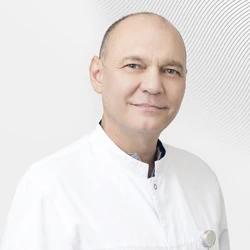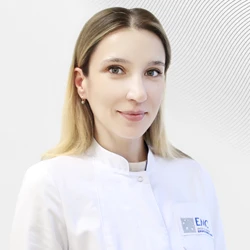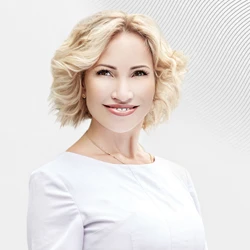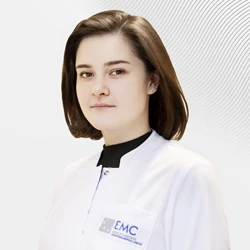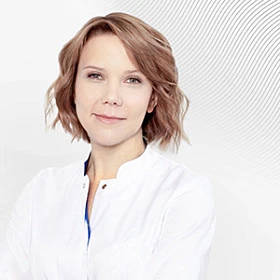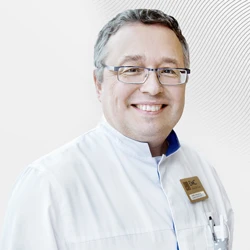As a rule, the reason for a long-term visit is changes in the nail plates of the toes or their complete loss after injury, fungal or bacterial infection. In many cases, a violation of the growth and appearance of the toenails, in addition to aesthetic discomfort, is accompanied by severe pain. This significantly impairs overall well-being and performance.
The nail plate performs a protective function. Deformation of the nail or its absence leads to exposure of the nail bed, endangering the safety of the distal phalanx and the entire finger as a whole. In such cases, there may be consequences such as: decreased tactile sensitivity, a change in the position of a finger or foot, a change in gait. In more serious cases, partial damage or complete loss of the nail plate contributes to the introduction of infection into deeper tissues, up to the development of osteomyelitis (a purulent-necrotic process developing in bone and bone marrow, as well as in the surrounding soft tissues) or gangrene of the lower extremity (necrosis of tissues of a living organism, accompanied by the acquisition of black or very dark color.
Causes of nail changes
Any nail changes can also be caused by genetics, orthopedic pathology, medication, smoking, or exposure to harmful substances. Often, the cause of damage to the nail plate is incorrectly selected shoes: too small, tight, narrow-nosed or high-heeled. Also, the detachment of the nail plate from the bed cannot be avoided with spiritual hyperkeratosis, warts or corns. It is especially important to know that an illiterate pedicure is a banal, but unfortunately very common factor in the violation of the proper formation of the nail. The most common complication is ingrown toenail and paronychium (the inflammatory process of the periarticular roller caused by infections such as Staphylococcus, Pseudomonas aeruginosa, streptococcus, yeast-like fungi).
Prosthetics of nails
For temporary protection and proper formation of the nail plate, partial or complete prosthetics can be used.
Prosthetics of nails is the formation of artificial nails or their parts, as well as the strengthening of damaged nail plates using special materials.
A variety of nail prosthetics techniques optimally solve the problem of restoring the bed, and in most cases an excellent aesthetic result is achieved.
Advantages of prosthetic nails
-
aesthetic comfort;
-
prevention of complications;
-
protection of the nail bed from deformation and infections;
-
further correct formation of nail plates.
Podiatrists The EMC Dermatology and Allergology Clinics have many unique technologies for repairing damaged nail plates and manufacturing dentures for partial or complete replacement of damaged nails. Prosthetics are performed using all types of the most modern materials:
-
ready-made nail paste;
-
two-component polymer - acrylate;
-
polymer plates processed by cold pressure;
-
deep fill technology for full dentures;
-
silk prosthetics;
-
acrylic material;
-
partial or complete nail prostheses using a light-curing material (they harden when exposed to ultraviolet radiation).
If the nail is significantly lost, the growth time of the new plate can be up to one year. During this time, the condition of the natural nail should be checked regularly and the prosthesis replaced from time to time. As a rule, the period of wearing one prosthesis is from 4 weeks to 2 months.
A properly made prosthesis in the vast majority of cases contributes to the complete restoration of the nail apparatus of the toes and always provides an excellent aesthetic effect!
Podology in EMC
The EMC podiatric team strictly follows European protocols. These are experienced specialists, recognized high-level professionals with long work experience, who have completed internships in leading podiatric clinics in Europe.
EMC podiatrists have a unique experience in Russia thanks to their cooperation with European leaders in this field: medical research and clinical organizations such as GEHWOL and Greppmayr Podiatry.
EMC patients benefit from the latest generation of medical technologies and the latest and unique interdisciplinary treatment techniques at EMC. Dermatologists, mycologists, pediatricians, orthopedists, diabetologists and general practitioners take part in the treatment.
Was this information helpful?
Questions and answers
Ask a Question
.webp)





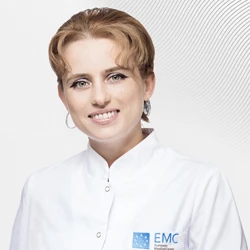
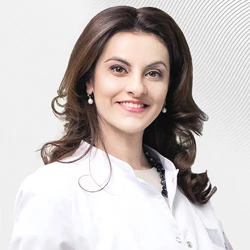
.webp)
.webp)
.webp)
